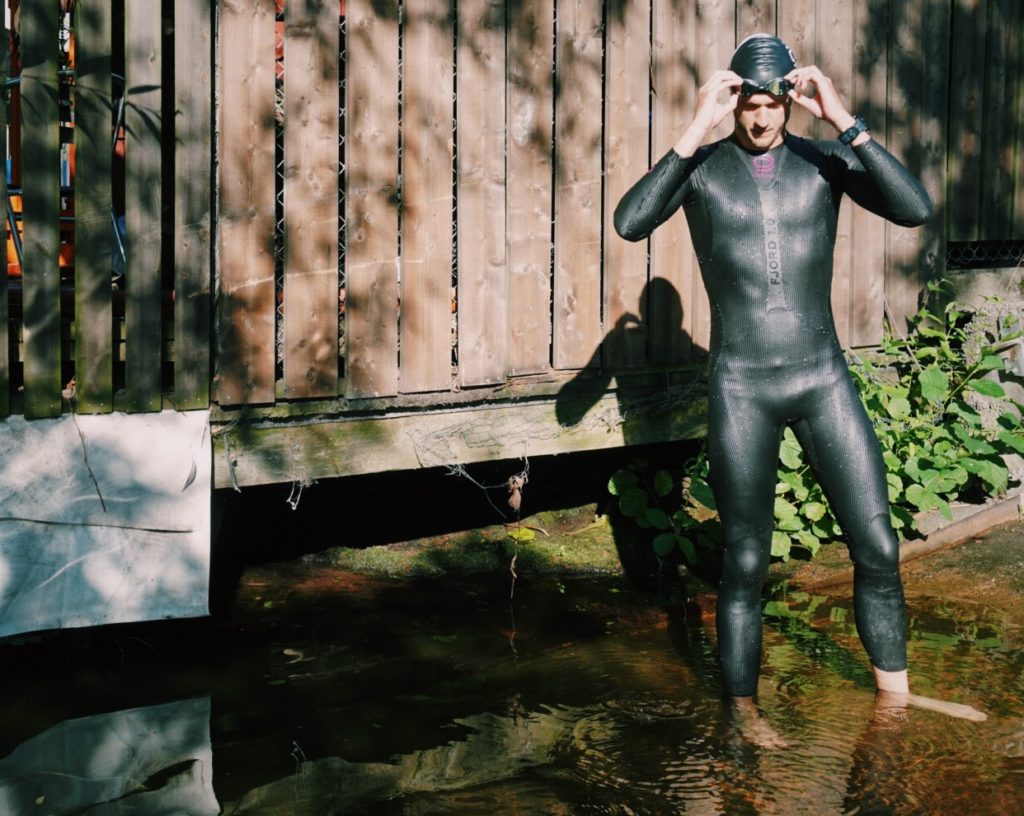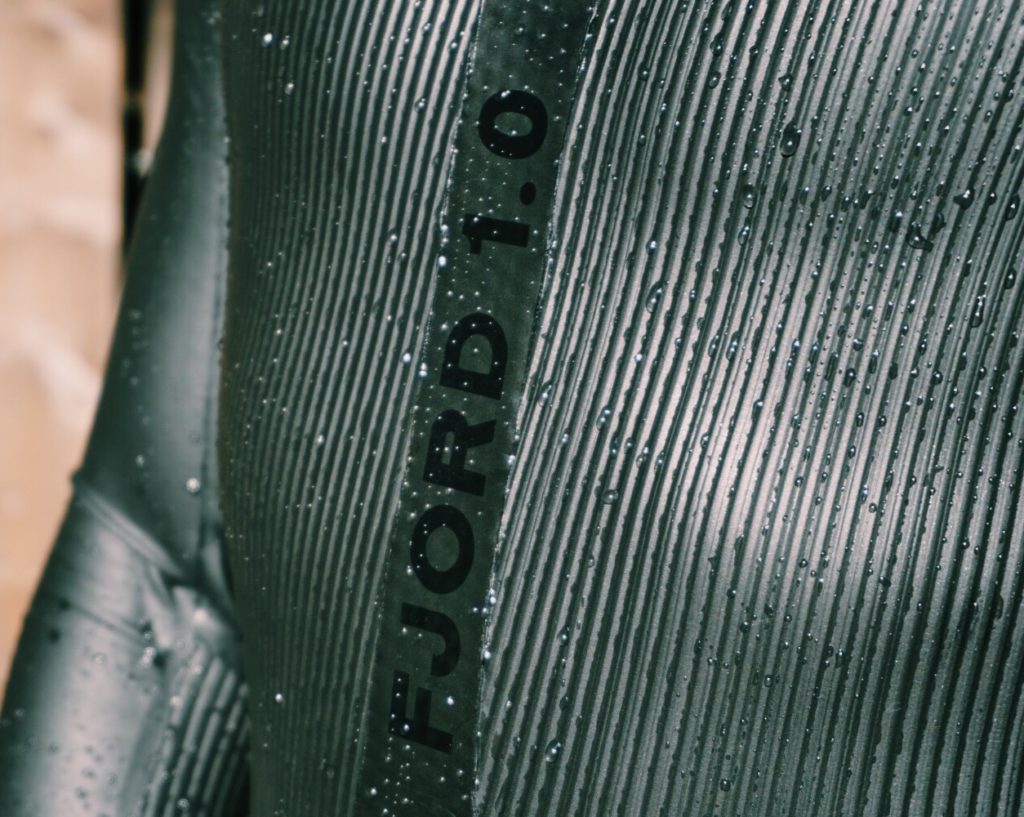Not often a piece of neoprene raised that many eyebrows. At the start of the 2019, when Jan Frodeno and Daniela Rhyf revealed their newest wetsuit sponsor, only a few people had heard of the netherland-based trade that goes by the name of deboer. Fairly unknown to almost everyone, a brand-new piece of high-end wetsuit was born for the world of triathlon to enjoy it.
Premium triathlon equipment often comes with a distinctive price tag. The one that was attached to deboers top model, the Fjord 1.0, was quite remarkable. $1,499 for a wetsuit was somewhat unheard of. While triathletes are used to dig deep in their pocket to afford the latest super-bikes and carbon tuned running shoes, neoprene suits did not break the four-digit dollar barrier. Until now.
The founder and head of the company, Alex de Boer, is no stranger to the business. Since a couple of years he creates and distributes the low-budget triathlon brand „Dare2Tri“. His enthusiasm to create the ultimate wetsuit did not fit into the idea he is following with „Dare2Tri“. A no-compromise approach towards the construction of a wetsuit lead him to start all over again with a fresh marque that leaves no limitation in construction, material sourcing and pricing.
When deboer showed up with its small range of suits, the brand was the first one to cross the magic $1,000 mark that resulted in the apparent question: Why is this suit so expensive? I try to sum up the three biggest, and pricy differences when it comes to material and the actual process of creating such a suit:
- The most obvious change to a standard suit is the chest section. Deboer calls the Limestone neoprene material “Whaleskin”. For obvious reasons. Apparently the material was too expensive to produce so deboer decided to invest in two special presses to create this unique feature. The goal of the “Whaleskin” material is to lift the upper-body out of the water and create more buoyancy and rotation stability for the swimmer.
- deboer sourced a new material called „Duraflex“. It is used in the arm and shoulder segment of the suit. The 4-way stretch material is extremely durable (…my fingernails left no traces) but highly flexible. It creates some amazing zero resistance shoulder movement. With a mere of 0,3 millimetre thickness, it helps to maintain an unhindered stroke that almost feels natural. Just about. To me a brand new sensation while swimming with a full-body suit. The sleeves are glued with a special tape to provide the utmost flexibility.
- Furthermore new glide layer coating technology is used throughout the whole inside of the suit. The result is an amazing water absorption that leaves just enough water in the suits to heat up but feels “lighter” while swimming. Well, and a lighter suit obviously flows better in the water. It also benefits a faster transition as I felt it easier to take the suit off.

While Frodeno and Rhyf have custom-made Fjord 1.0 suits to match their individual needs, the standard version of the Fjord 1.0 comes in nine different sizes. The flexibility of the suit made it easy for me to find the correct size based on the general sizing guide on deboers website. 
The collar section of the suit is fairly wide. The result is a more relaxed and less dense fit where the swimmer feels less tight around the neck section. Paired with the soft material chafing wasn’t a problem at all for me. 
Another special gimmick is the “DolphinSkin” neck closure. While it takes a bit of time to understand how to fit it, it creates a soft and leak-free neck section that does not need vaseline or any other anti-chafing add-ons. 
One of the costly features of this suit is the deboer-made “WhaleSkin” rib Limestone neoprene. The product specification states that it increases the surface of the suit by 18.3% which eventually results in an increases of buoyancy. It is used throughout the suit and it felt like the biggest impact is made around the upper-body section during the crucial glide-phase. 
The use of the “DuraFlex” material in the shoulder and arm part of the suit is quite substantial for the flexibly of the suit. It creates a whole new feeling swimming with a wetsuit, without loosing the protection against cold water. 
A closer look at the neatly taped seems. Also the glueing is on point. 
Special durable and flexible Limestone neoprene has been used for this suit. While benefiting the user it also benefits the environment. 
The “WhaleSkin” material is also used in the leg part of the suit. 
With the first drop of high-end wetsuits deboer sure enough made some waves in the scene. While it is very hard to discuss the price tag, the performance of the suit is unmatched to what I have experienced so far. 
The range of movement within the shoulder and arm section is quite impressive and easily the biggest benefit of the Fjord 1.0. 
It did not take long to appreciate the key features of the Fjord 1.0. While it is a suit that surely benefits natural swimmers, it still has astonishing buoyancy that helps even users that have a less-ideal position in the water. The big difference to other wetsuits lies within the amazing range of movement. Paired with the significant drop in resistance make this suit special. Less energy needs to be used per stroke. That was pretty obvious throughout every session with this suit. To me the Fjord 1.0. is a complete open water swimming suit that does not leave much to compromise beside the price tag. The raw performance aspect of the suit is amazing and, until today, unmatched.
Tune of the day: HMLTD – The West Is Dead


